I-Bonds: 6 Things to Know Before Purchasing Them
You may have heard by now that I-Bond interest is at a record high. These government-backed bonds have two portions of interest: a fixed rate, and an inflation-linked rate that is adjusted every 6 months.
Here are six other things you need to know about I-Bonds before purchasing them.
I-Bonds can't be cashed in for the first 12 months you own them, so don't go throwing every dime of emergency money into them
You can't use IRA or Roth IRA funds to purchase them (unless you first take a distribution from that IRA or Roth IRA, and use the after-tax proceeds to make the purchase)
The interest you receive is subject to federal income tax, but not state and local income tax.
You'll receive a 1099-INT when you cash in your bond, but you can report your interest as-earned annually, potentially reducing your future tax burden. When you eventually do cash in your bond, you'll still receive a 1099-INT, but you can let the IRS know that you've already reported interest in previous years (see IRS publication 550.)
The minimum annual purchase amount is $25 per person, and the maximum annual purchase is $10,000 per person.
Lastly, these are backed by the full faith and credit of the United States government. From a credit rating stand point, this makes them as secure of an investment as you can possibly find.
Purchase your I-Bonds directly by setting up an account on www.treasurydirect.gov. Once your account is set up, you can also check the value of and/or redeem any other U.S. savings bond you already own.
Do I-Bonds make sense for your investment portfolio? Drop us an e-mail at hello@providersandfamilies.com, or schedule a time to chat with us.



